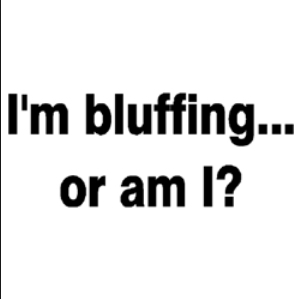The Trump administration demanded funding of its border wall as part of a deal to keep the government open, proposed a huge cut in taxes on businesses that would reduce government revenue by trillions, and leaked plans to abandon the North American Free Trade Agreement to try to force Canada and Mexico to agree to better conditions.
It is an approach that has defined Mr. Trump’s deal-making career: Make some seemingly outlandish offer as a starting point for negotiations to try to shift the entire frame of reference for the haggling that will follow. This strategy can certainly work in some circumstances. It also has distinct limits in complex negotiations like those in public policy, as the administration’s experience this week shows.
This strategy is also the opposite of the one often pursued by the last occupant of the Oval Office. President Obama tended to introduce policy proposals that were relatively close to where a negotiation with Congress might plausibly end up — often to the consternation of liberals, who felt he was negotiating against himself.
. . .
Think of a bluff and a lowball offer as tools that are often used in tandem — any time someone makes an extreme offer but is either explicitly or implicitly lying about what will happen if it is not accepted.
The problem is that when deal-making is in the public sphere, it’s particularly hard to pull off an extreme bluff. For one thing, Mr. Trump’s reputation for using the technique precedes him. For another, on public issues like the budget or trade agreements, the other parties to the negotiation have a pretty good idea of what the Trump administration has to lose if no deal is struck.




